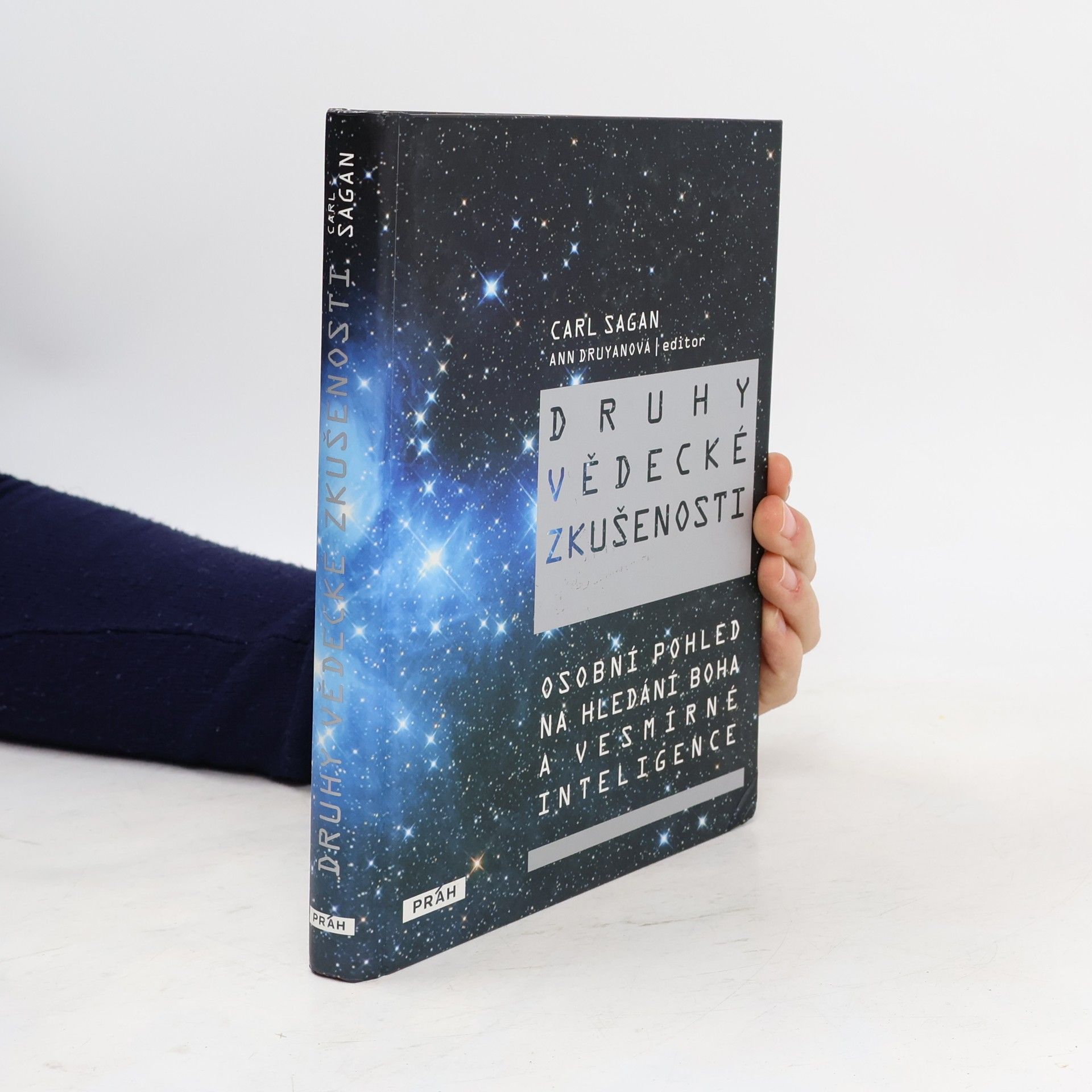Przekonująca wizja tego, na czym polega rzetelna nauka i ostrzeżenie przed niebezpieczeństwami szerzących się w dzisiejszym świecie fake newsów i pseudonaukowych teorii Jak możemy podejmować racjonalne decyzje dotyczące naszego coraz bardziej uzależnionego od technologii życia, jeśli nie rozumiemy różnicy między pseudonaukowymi mitami a możliwymi do weryfikacji hipotezami nauki? Zdobywca Nagrody Pulitzera, wybitny astronom Carl Sagan przekonuje, że myślenie naukowe ma kluczowe znaczenie nie tylko w dążeniu do prawdy, lecz takżew prawidłowym funkcjonowaniu naszych demokratycznych instytucji. Sagan analizuje i autorytatywnie obala takie rozpowszechnione w przeszłości fałszywe poglądy, jak czary, uzdrawianie wiarą, demony i UFO. Jednak, co niepokojące, w obecnej tak zwanej erze informacji pseudonauka ma się dobrze, a relacje o porwaniach przez kosmitów, kontaktach z duchami przodków i zbiorowych halucynacjach wciąż przyciągają uwagę i są traktowane poważnie. Jak pokazuje autor, syreni śpiew irracjonalności nie jest po prostu kulturowym wypaczeniem, lecz niebezpiecznym błądzeniem w mroku, które w fundamentalny sposób zagraża naszej wolności. „Wspaniała książka. Pełna zapału obrona nauki. Od pierwszej do ostatniej stronicy ta książka jest manifestem klarownego myślenia”. „Los Angeles Times”
Carl Sagan Book order
Carl Sagan was a visionary science popularizer, adept at translating complex cosmic concepts for a global audience. His masterful work inspired millions worldwide by bridging scientific curiosity with a profound understanding of our place in the universe. Through his extensive documentaries and books, Sagan ignited a passion for exploration and guided readers on a captivating journey beyond our planet. His legacy endures in his unwavering pursuit of truth and his unblinking gaze upon reality, even in the face of life's most profound challenges.

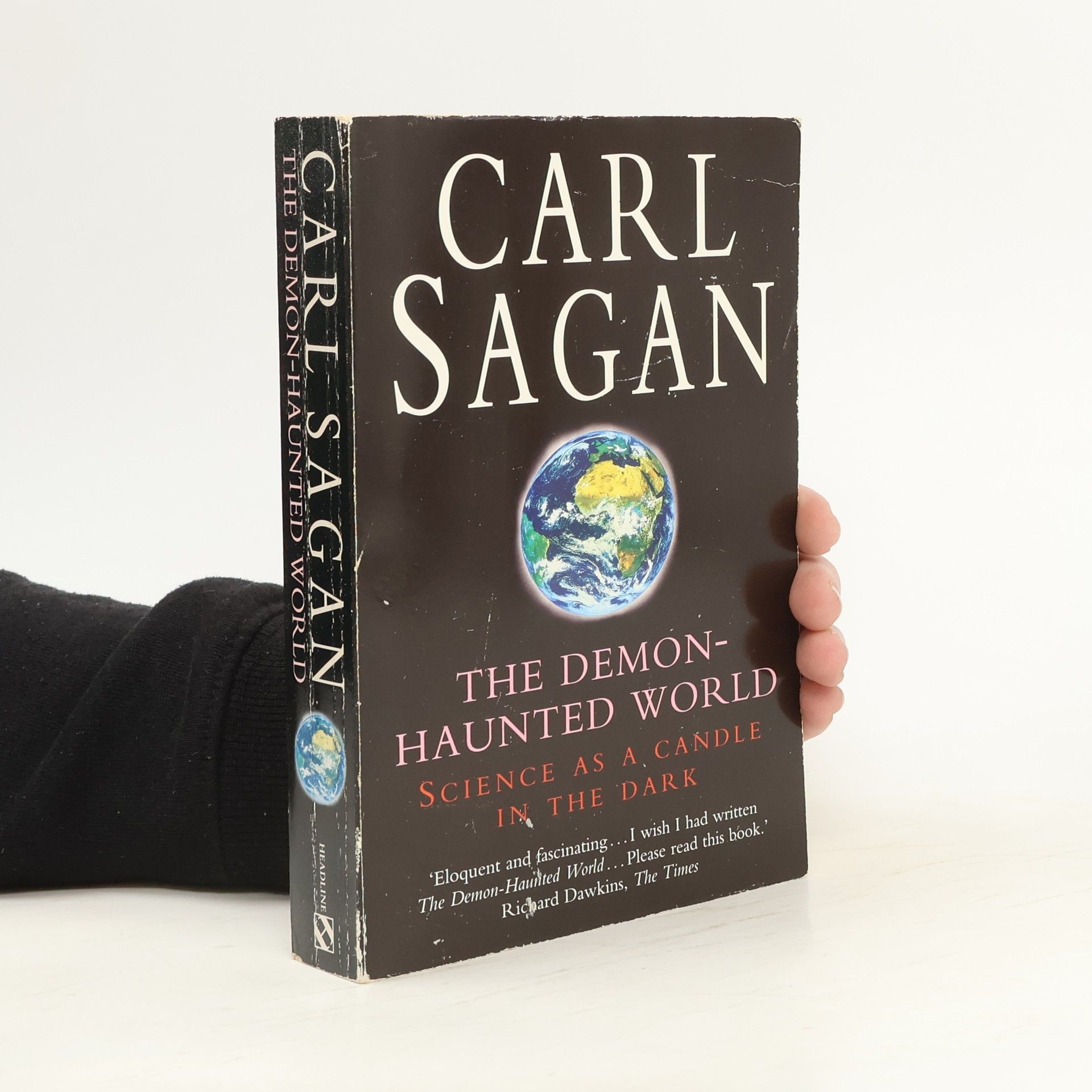

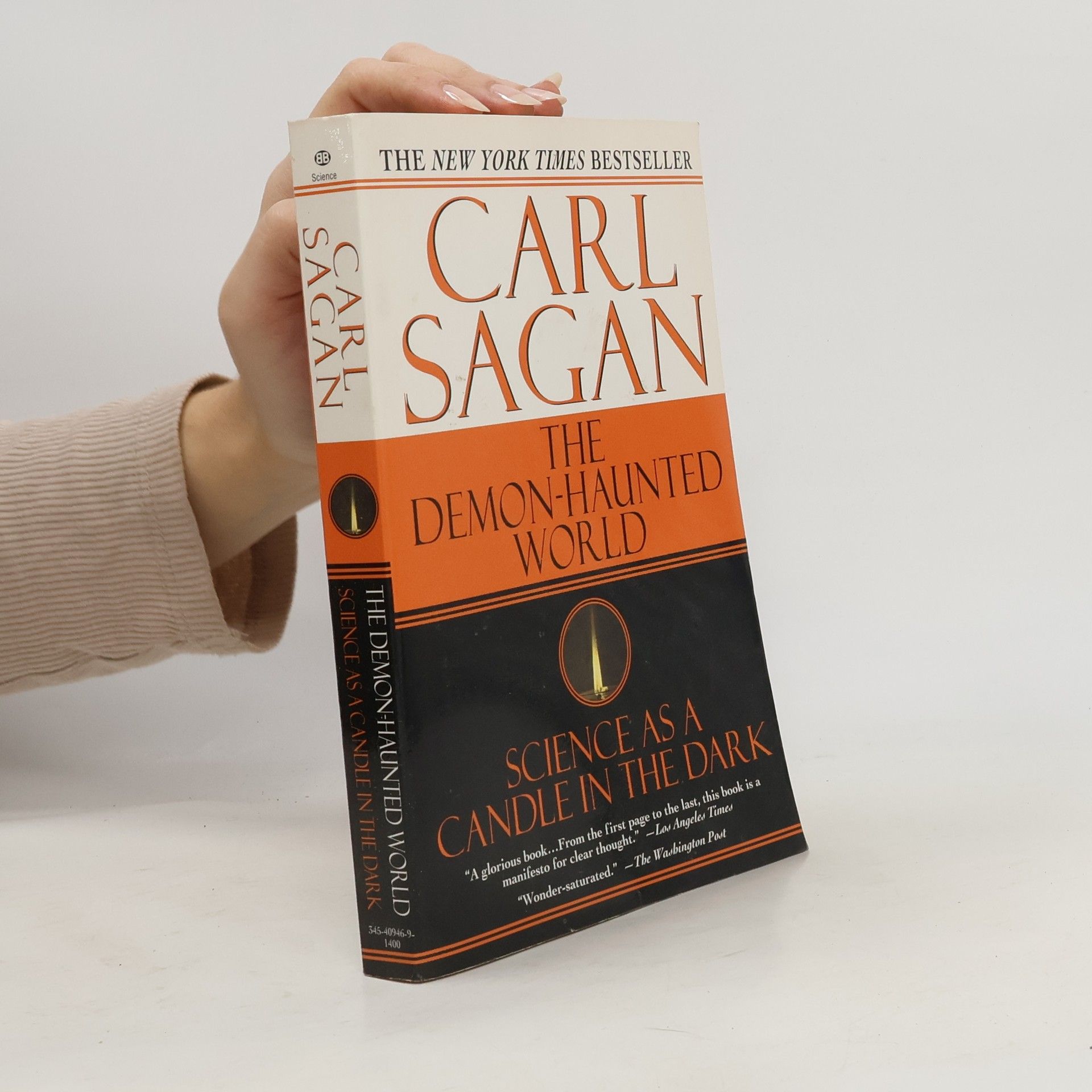
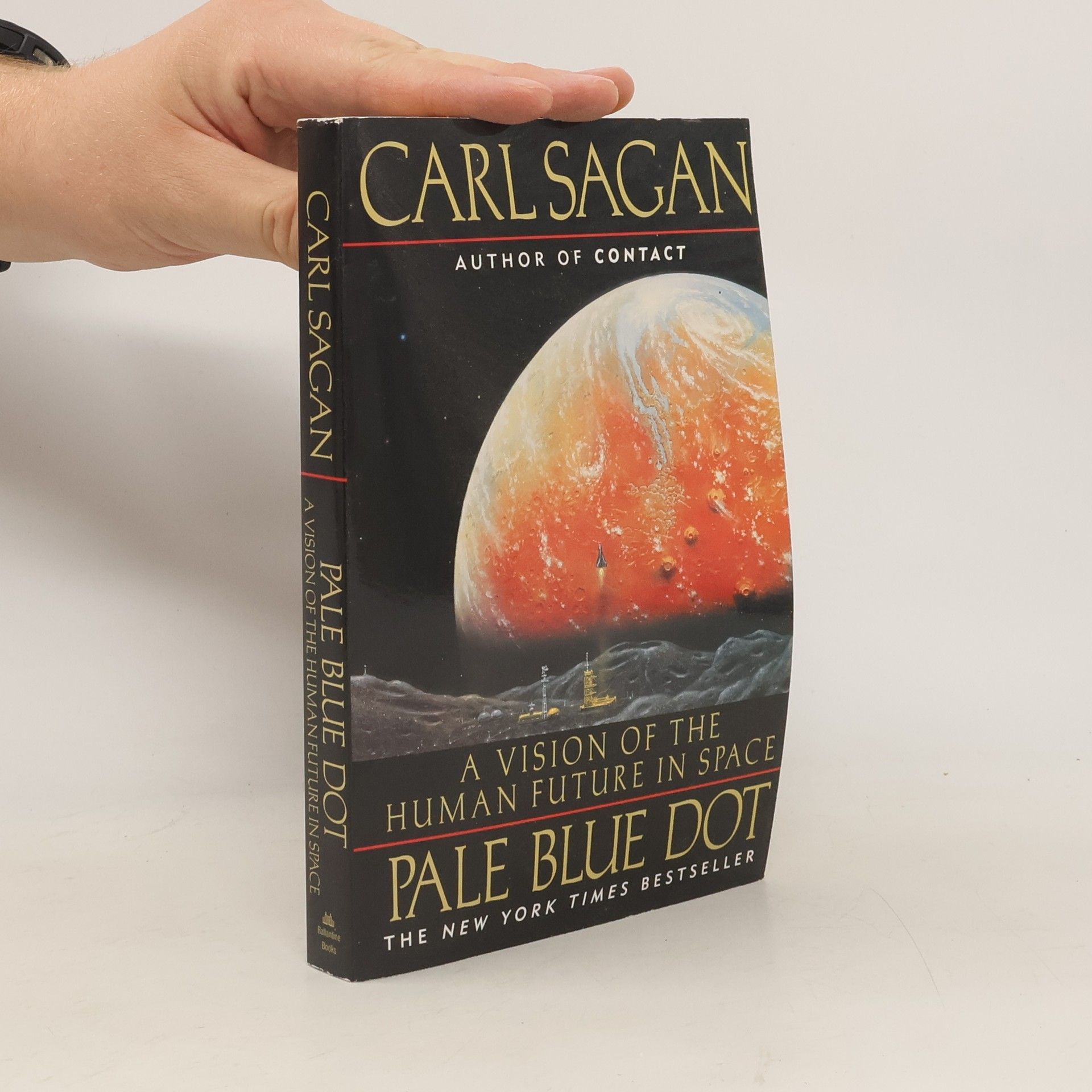
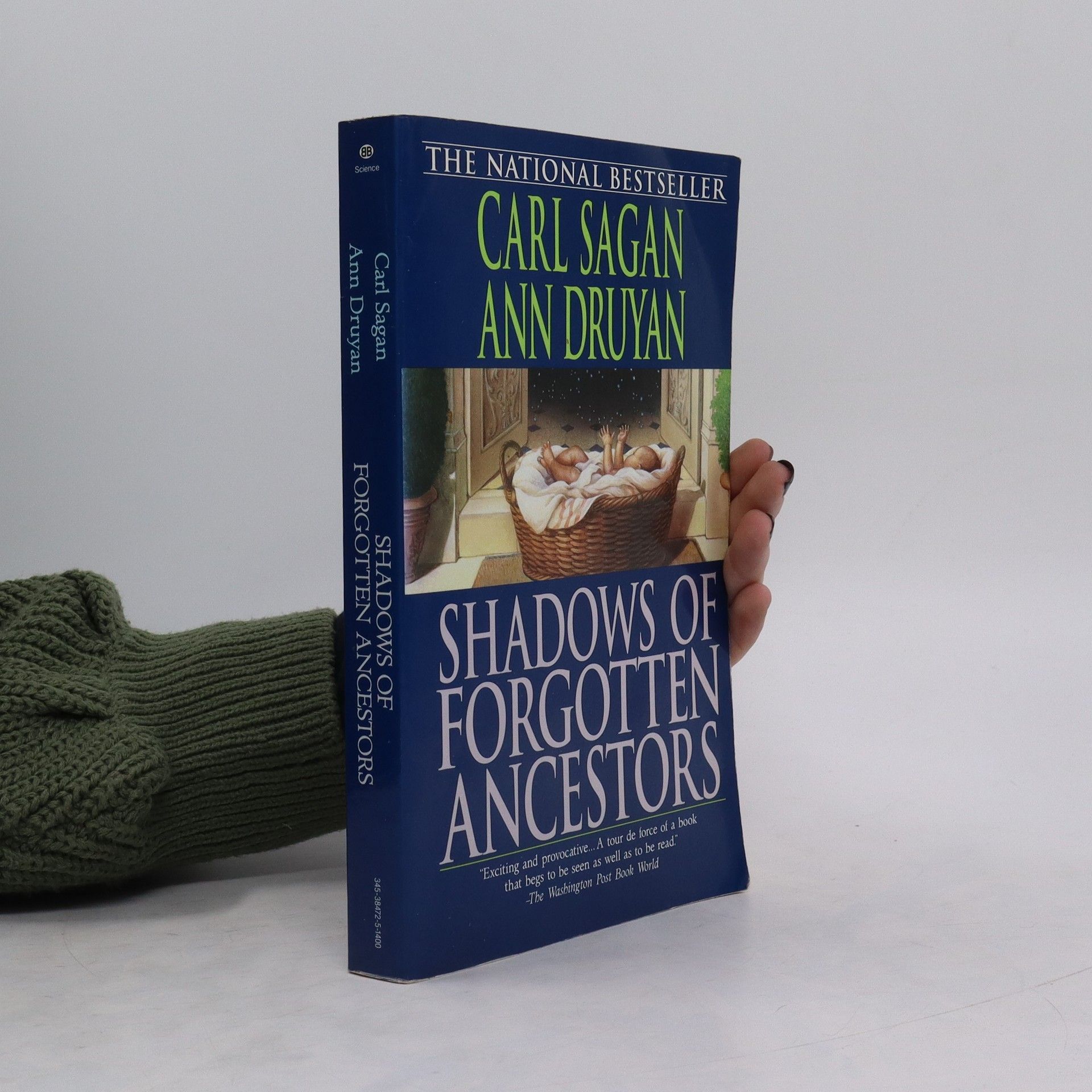

- 2024
- 2023
A visit to a pancake shop leads to an unexpected May-December romance that breathes life into the monotonous routine of an older salaryman.
- 2017
El mundo y sus demonios : la ciencia como una luz en la oscuridad
- 493 pages
- 18 hours of reading
¿Estamos al borde de una nueva edad oscura de irracionalismo y superstición? En este libro conmovedor el incomparable Carl Sagan demuestra con brillantez que el pensamiento científico es necesario para salvaguardar nuestras instituciones democráticas y nuestra civilización técnica. El mundo y sus demonios es el libro más personal de Sagan, y está lleno de historias humanas entrañables y reveladoras. El autor, con las experiencias de su propia infancia y la apsionante historia de los descubrimientos de la ciencia, muestra cómo el método del pensamiento racional puede superar prejucios y supersticiones para dejar al descubierto la verdad, con frecuencia, resulta sorprendente.
- 2008
Slavný americký astrofyzik – profesor astronomie a vesmírných věd Carl Sagan (1934–1996), hrál zásadní roli v americkém vesmírném programu. V této sérii přednášek, zaznamenaných z pozůstalosti, se zamýšlí nad existencí mimozemského inteligentního života i nad původem vzniku života obecně. Kniha je doprovázena unikátními fotografiemi vesmíru mimo jiné ze zdrojů NASA.
- 2006
Carl Sagan's prophetic vision of the tragic resurgence of fundamentalism and the hope-filled potential of the next great development in human spirituality. The late great astronomer and astrophysicist describes his personal search to understand the nature of the sacred in the vastness of the cosmos. Exhibiting a breadth of intellect nothing short of astounding, Sagan presents his views on a wide range of topics, including the likelihood of intelligent life on other planets, creationism and so-called intelligent design, and a new concept of science as informed worship. Originally presented at the centennial celebration of the famous Gifford Lectures in Scotland in 1985 but never published, this book offers a unique encounter with one of the most remarkable minds of the twentieth century.
- 1997
Carl Sagan demonstrates how scientific thinking is necessary to safeguard our democratic institutions and our technical civilization. The book debunks the ideas of alien abduction, mediums and faith healers, and refutes the arguement that science destroys spirituality
- 1997
Svět ve stínu démonů. Věda jako svíčka v temnotě
- 512 pages
- 18 hours of reading
Jak se máme inteligentně rozhodovat ve světě stále více ovládaném technologiemi, když nechápeme rozdíl mezi pseudovědeckými mýty a ověřitelnými vědeckými hypotézami? Carl Sagan, laureát Pulitzerovy ceny a významný astronom, zastává názor, že vědecké myšlení je kritické nejen pro hledání pravdy, ale i pro dobro našich demokratických institucí.Sagan komentuje naši historii a kulturu, zkoumá a s podloženými fakty vyvrací klamy z dob minulých jako je čarodějnictví, léčení vírou, démoni i UFO. Přes to všechno se v dnešním takzvaném věku informací až znepokojivě daří pseudovědám s příběhy o mimozemských únosech, vyvolávání zemřelých a společných halucinacích, které si vyžadují pozornost a respekt. Jak Sagan jasně a výmluvně dokazuje, zpěv Sirén nerozumu není jen nesprávnou odbočkou naší společnosti, ale nebezpečný pád do temnoty, která může ohrozit naše základní svobody.
- 1997
In this book, his last, Carl Sagan shows once again his extraordinary ability to interpret the mysteries of life and the majesty of the universe for the general reader. In Billions and Billions Sagan applies what we know about science, mathematics, and space to everyday life as well as to the exploration of many essential questions concerning the environment and our future. Ranging far and wide in subject matter, he takes his readers on a soaring journey, from the
- 1996
Carl Sagan sinnt über die gegenwärtige Lage des wissenschaftlichen Denkens nach, was ihm wunderbar Gelegenheit bietet, uns mit seinen eigenen Kindheitserfahrungen, Pressearchiven, UFO-Geschichten und dem vielfältigen Strandgut der Pseudowissenschaft zu unterhalten. Zwischendurch entlarvt er Entführungen durch Außerirdische, Gesundbeterei und Channeling als Nonsens; er widerlegt die Behauptung, daß die Wissenschaft die Spiritualität zerstört, und bietet ein "Quatsch-Erkennungs-Kit" für das gründliche Durchdenken von politischen, gesellschaftlichen, religiösen und anderen Fragen.
- 1996
The demon-haunted world: Science as a candle in the dark
- 480 pages
- 17 hours of reading
A prescient warning of a future we now inhabit, where fake news and Internet conspiracy theories resonate with a disaffected populace. This book serves as a manifesto for clear thought and a spirited defense of science. Pulitzer Prize-winning author and distinguished astronomer Carl Sagan emphasizes that scientific thinking is essential for making informed decisions in our technology-driven lives. He explores the distinction between the myths of pseudoscience and the testable hypotheses of science, arguing that understanding this difference is crucial for the well-being of our democratic institutions. Sagan examines and debunks celebrated fallacies such as witchcraft, faith healing, demons, and UFOs. Yet, in today's information age, pseudoscience is thriving with tales of alien abductions and communal hallucinations gaining attention and respect. Sagan eloquently illustrates that the allure of unreason is not merely a cultural misstep but a perilous descent into darkness that endangers our fundamental freedoms. The book has been praised as a powerful defense of informed rationality, rich in surprising information and beautiful writing, offering a clear vision of the importance of good science and a warning against unrestrained credulity.

